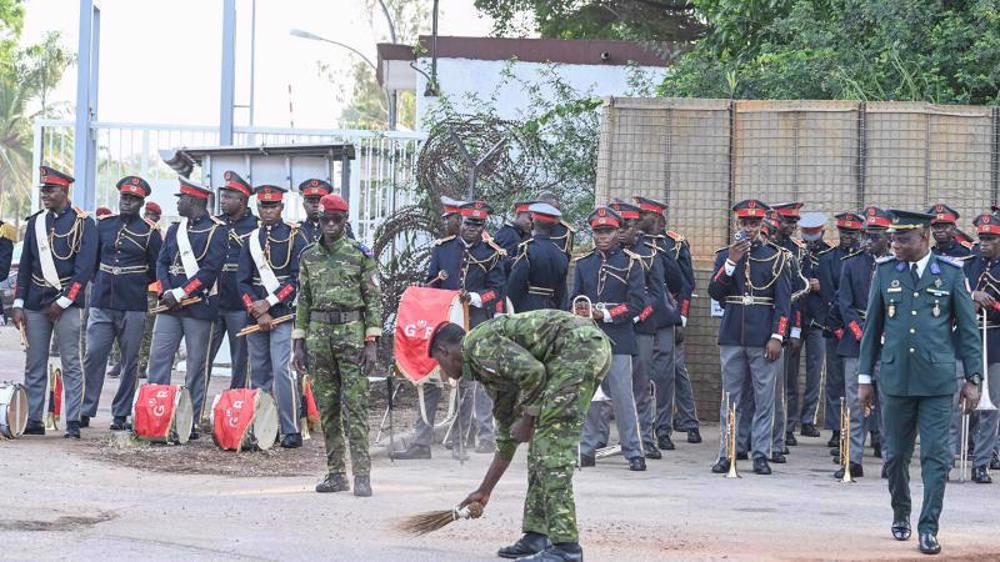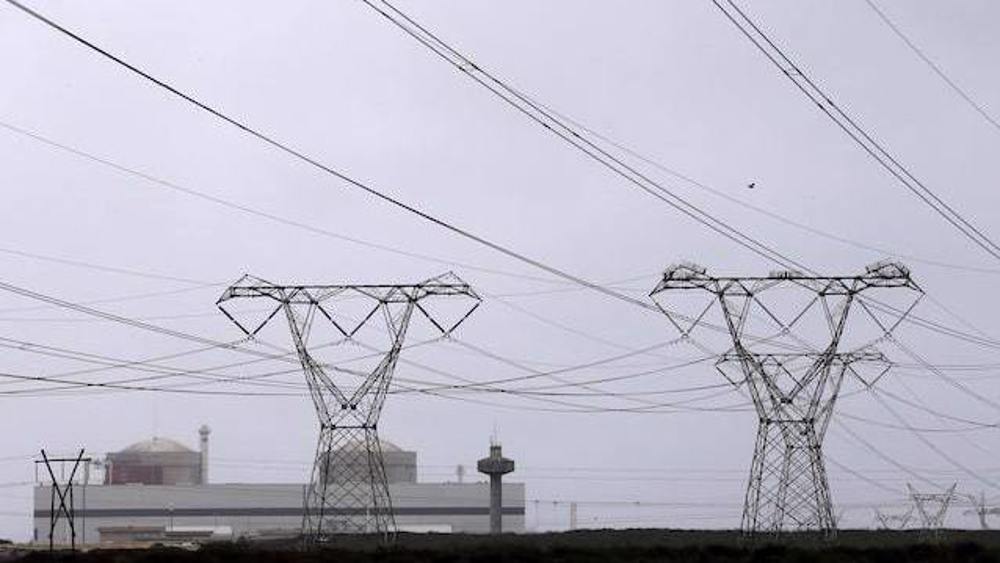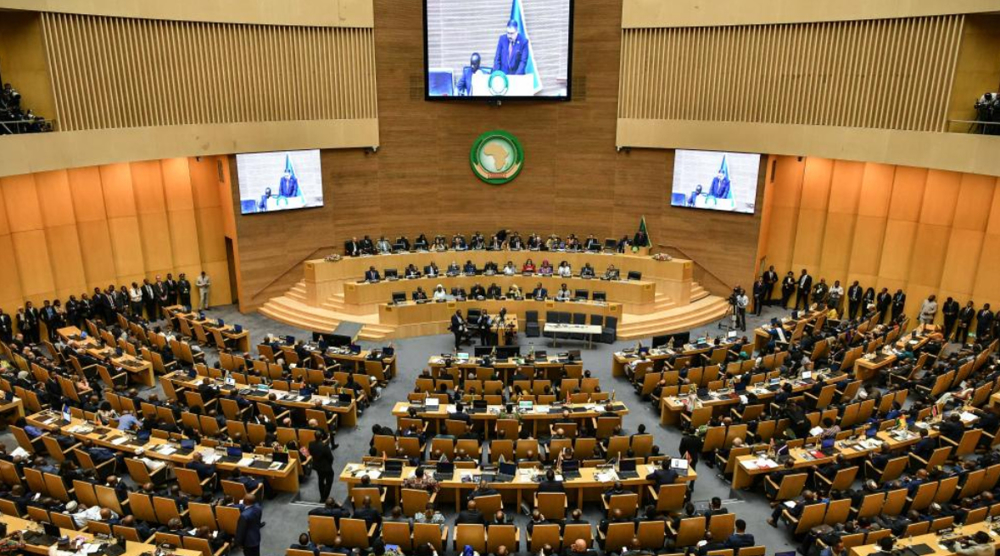Drought may affect 49 million in southern Africa: UN
The United Nations (UN) has warned that around 49 million people in southern Africa could be affected by drought.
"It is estimated that 40 million rural people and 9 million poor urban people who live in drought-affected areas could be exposed,” the United Nations World Food Program (WFP) said in a report on Monday.
According to the WFP, around 14 million people are already facing hunger in the region.
The UN agency also noted that the drought has been worsened by the most severe and longest El Nino weather condition in 35 years, as it has caused the lowest recorded rainfall between October and December since 1981.
This comes as several countries across the region have been struck by a drop in food production and a rise in food prices due to the ongoing drought.
The drought has especially hit maize belt in southern Africa, the continent's top producer of the staple grain.
Maize planting has been delayed by two months or more in Lesotho, Swaziland, Zambia and Zimbabwe. Maize deficit has pushed the price higher in several countries across the drought-hit region.
El Nino brings very high temperatures and dryness in southern Africa in Malawi, South Africa, Zimbabwe, Lesotho, Angola, Mozambique, Namibia and Zambia. The dry conditions are anticipated to continue until the beginning of autumn in southern hemisphere in April or May.
The event has influenced weather patterns across the world, causing warmer than normal temperatures in some parts of the world and bringing huge rainfall in some others.
Iran condemns ‘vicious act of Israeli terrorism against civilians’
Netanyahu: Israel won't allow Hayat Tahrir al-Sham forces in southern Syria
VIDEO | Paying tribute to Hezbollah leaders
Hezbollah leaders’ historic funeral showed resistance strength: Islamic Jihad
Iran reports surge in air traffic as Austrian, Lufthansa resume flights
VIDEO | South Africans set to lobby government to isolate Israel
IRGC chief: Nasrallah decisive figure in regional equations with global dimensions
VIDEO | Press TV's News Headlines














 This makes it easy to access the Press TV website
This makes it easy to access the Press TV website